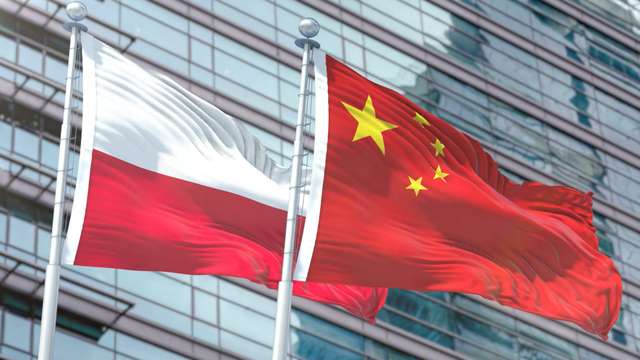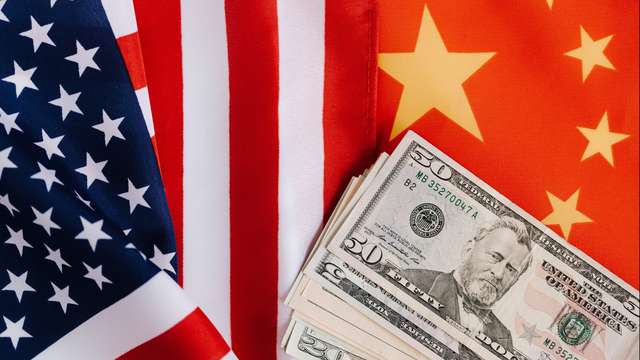
Problems with supply chains remain one of the most pressing issues in the global economy. 2021 was a very difficult year in this respect, the question is, can anything change in this regard in the next year?
Table of Contents
Recall that pandemic restrictions in the form of country closures and great problems related to the flow of various goods caused the tailor-made supply chains to fall apart. The phenomenon, which had hardly existed even in early spring 2020, suddenly began to leave its mark on global markets.
Supply chains have broken down
At first, few took the problem seriously. Well, no one at the time was able to predict that the coronavirus would take such a huge toll and that after almost two years, the pandemic would still be on the agenda. Second, those who approached the subject with a little more caution may have thought that even in the event of problems, the recipe for everything would be the stockpiled. However, as it turned out, they were wrong. The virus has not let go and the supply chains have collapsed.
The biggest problem, of course, was related to shipping and container ships, which in China took all kinds of goods on board and then went with them out into the world. Time has shown that after the first "thaw" the demand in this topic was so great that there was a shortage of ships on the market, and the crews, who worked almost continuously, began to complain of fatigue. This topic was even raised at the UN forum, where the International Chamber of Shipping called for attention to the problem.
However, this is still not all. Freight prices have grown to unprecedented levels in recent months, and even the largest unloading ports in the world have started to have problems with being able to pick up goods on an ongoing basis and issue them for delivery, so that these supply chains function as they should. Even the port of Los Angeles / Long Beach, which, despite working 24 hours a day, was not able to speed up unloading anyway, and the ships waiting at anchors had to line up in long lines, even weeks long, did not manage.
Experts float theories
The situation will not change until the end of the year, and professionals around the world are wondering what the next twelve months will bring. For this purpose, economists from HSBC have prepared a special analysis, which assumes three scenarios of what awaits us in 2022.
The first one is the most optimistic and predicts that the Chinese will be able to lend a helping hand to defuse the crisis and put the world's supply chains back on track. All thanks to Chinese New Year, which will fall on February 12-19 next year. Behind the Great Wall, the customary celebrations will take place during this time, which means time off for people from work. Shanella Rajanayagam, an HSBC analyst, said this could give the markets an opportunity to catch a deep breath. - About 80 container ships still waiting to be unloaded off the California coast. Chinese New Year can help cut their numbers by as much as half - she admitted.
The second scenario assumes that the current situation will continue until the second half of 2022 due to the still very high shipping and freight costs. Moreover, the analysis shows that unexpected plant closures may also contribute to the normalization of the market situation. The latter element is of course related to the still difficult epidemic situation in many countries. Forecasting in this case resembles fortune-telling on tea leaves, and as it turned out, even the availability of the vaccine did not manage to impede the virus. Many people are still reluctant to vaccinate, which in turn is driving new waves of infection.
The worst option
The third option is by far the worst. HSBC economists believe that the current problems will extend into the entire year 2022 and we should be prepared for it. - Initially, we were most fond of the first scenario, and it seemed that the post-Chinese New Year period could bring some significant breath - Rajanayagam confessed. - However, the situation has changed recently, mainly due to further restrictions in European countries. This pushes us more towards the second scenario. The third option is less likely, but we must bear in mind that in certain parts of the world there may be renewed restrictions on the movement of people and the movement of goods - she added.
And what do you think 2022 will bring for global supply chains? Which of the mentioned scenarios is the most likely?






